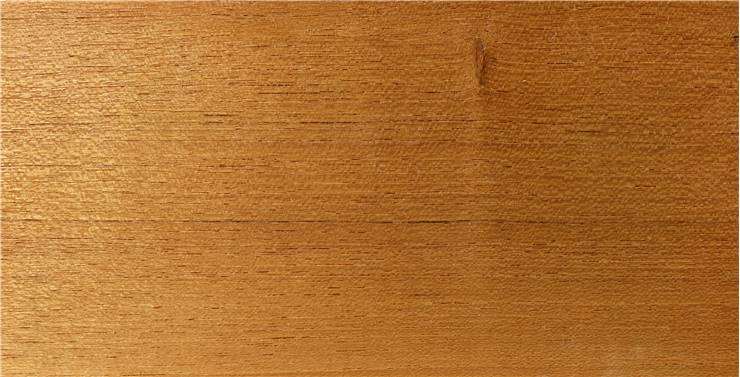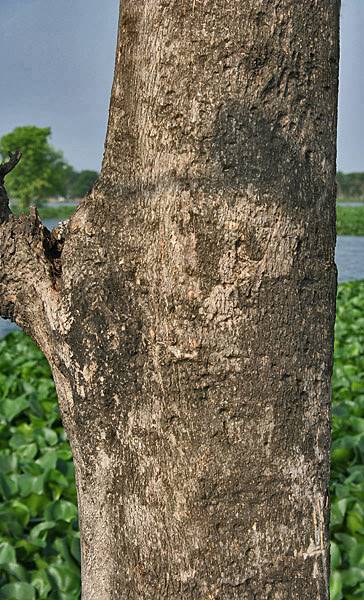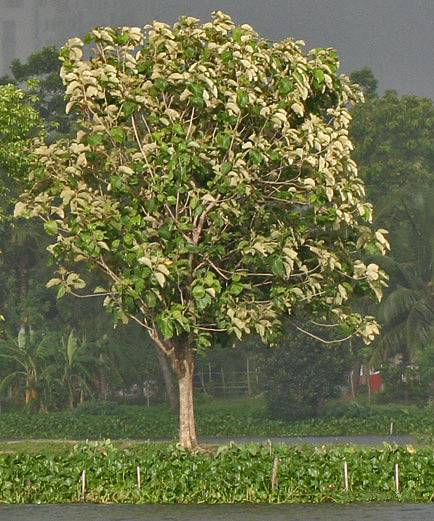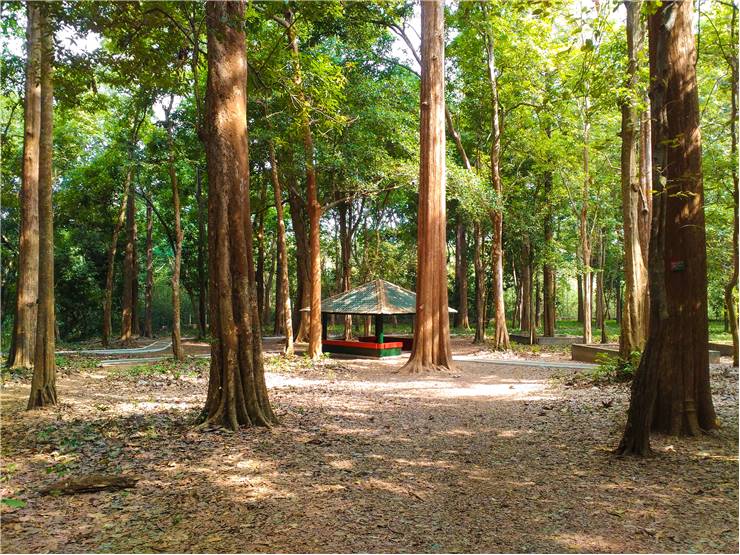Teak - Characteristics and Uses of Teak Wood
The worldwide market for timbers has a few select wood types that are praised above others, and while few types are praised for their exquisite properties, the famous Teak remains constant in a world of changing tastes. Often considered one of the essential timbers in the world, Teak has remained popular because of its rare combination of mechanical and physical properties. Looking at worldwide trends, there is no hint of any possible chance that Teak will soon become eclipsed by any other type of tree.
The high oil presence in its structure has made teak one of the favorite lumber types for producing outdoor and indoor flooring, paneling, furniture, and boats. Over 2000 years of presence in boat building can be attributed to the teak's high strength, flexibility during woodworking, high resistance to rot and weather elements, and its low shrinkage ratio, which is incredibly important in boats that have to remain watertight during yearly changes in moisture.
Originally found in South and Southeastern Asia tropic regions, today teak has spread all across the world, where it is used not only for commercial exploitation but also as the ornamental use in parks and botanical gardens. The largest natural reserve of teak is located in Myanmar, where half of the entire population of this tree currently resides. This tree is known for its physical beauty because of the appealing mix of the elevated open crown that is filled with lots of smaller branches that get filled with small fragrant flowers and large papery leaves that often feature hairs on their lower surface.
As the cost of teak continues to rise due to increased government regulations on its export, alternatives like purpleheart, iroko, and angelique have gained ground in the worldwide market.
What is Teak Wood
Teak is an amazingly versatile hardwood tree that has become the central component of the eastern Asia boat and bridge building industry over the last 2000 years.
Quickly after the establishment of trade lines between Asia and the west, teak became known worldwide for its ability to withstand the natural elements, which makes it one of the preferred lumber for the creation of outdoor flooring, paneling, construction elements, indoor furniture, and of course boats. Since it is strong and durable, it is extensively used for outdoor construction and creating external wooden objects built to last. With its strong natural oils, this wood has natural protection against insects and rot.
The versatility of the teak enabled it to become one of the most preferred lumbers in the modern woodworking industry. Teak is easily cut, has almost unmatched rot and termite resistance, and is durable. Despite the high amount of natural oil, teak can be easily glued and polished, especially after the surface is treated with a mild solvent.
Origin
Even though it was in heavy use in woodworking for several millennia, the original classification in scientific books can be traced to 1782. By then, Tectona grandis has become one of the most important tropical hardwood tree species from the flowering plant family Lamiaceae. Growing into the large and deciduous tree in the forests of south and southeast Asia (where it is often called “ Burmese teak”), this tree managed quickly to become known worldwide and kickstart a large commercial exploitation phase that has led to the disappearance of many old forests filled with most spectacular examples of this tree.
Today, Tectona grandis can be found across India, Sri Lanka, Indonesia, Malaysia, Thailand, Myanmar, and Bangladesh, with the largest forests and commercial exploitation happening in Indonesia, where this tree is grown on large plantations controlled by the state-owned foresting enterprise Perum Perhutani. The second largest teak lumber production site is in Nilambur, in Kerala, India. Thailand had an expensive teak forest, but much of it was cut down over many decades of aggressive commercial exploitation. In addition to the natural forests and plantations in Asia, industrial plantations of teak are also located in many locations across the world, most notably in Africa, the Caribbean, Latin America (Costa Rica), and South America.
Characteristics
Teak trees can usually grow to a very impressive size and can grow uninterrupted in some cases for over 1000 years. The oldest and largest teak tree is located in Thailand, where it managed to live for 1500 years and reach the size of 47 meters high. The largest teak in Myanmar has a trunk width of impressive 8.4 meters (27.5 feet), reaching up to 34 meters (110 feet) in height.
Here is a characteristics breakdown of teak:
- Tree Size - 100-130 ft (30-40 m) tall
- Trunk diameter - 3-5 ft (1-1.5 m)
- Janka Hardness - 1,070 lbf (4,740 N)
- Average Dried Weight - 41 lbs/ft3 (655 kg/m3)
- Specific Gravity (Basic, 12% MC) - .55, .66
- Crushing Strength - 7,940 lbf/in2 (54.8 MPa)
- Modulus of Rupture - 14,080 lbf/in2 (97.1 MPa)
- Elastic Modulus - 1,781,000 lbf/in2 (12.28 GPa)
- Shrinkage: Radial - 2.6%, Tangential: 5.3%, Volumetric: 7.2%, T/R Ratio: 2.0
- Odor - Mild, leathery odor during cutting
- Workability - Easy
- Texture - Coase and uneven texture with low to moderate natural luster level.
- Grain - Straight grain, with occasional interlocked or waved grain.
- Sustainability - Not listed on the IUCN Red List of Threatened Species.
- Required growth density - No particular requirements.
- Drying - Easy.
- Durability - Excellent. Almost unmatched in the ability to endure age, outdoor elements, insects, and rot. Very little flex after changes in moisture levels.
- Required growth density - No particular requirements.
- Maintenance - Low
- Price - Raising due to more government regulations.
Types
Since teak is a part of a very large family Lamiaceae, it has several close relatives that can also be viable for commercial exploitation of high-quality lumber. Here are the most common types of the Tectona genus of tropical hardwood trees:
- Tectona grandis
- Common teak, originally growing in South and Southeast Asia.
- Tectona philippinensis
- Known as Philippine teak. Currently marked as endangered due to excessive commercial harvesting.
- Tectona hamiltoniana
- Known as Dahat teak. It grows in Burma and is also marked as endangered.
Uses
Teak is an incredibly versatile type of wood, which makes it possible to see it everywhere around us, from large construction elements to small household items. Here is where you can most commonly find it:
- Ships and boatbuilding
- Exterior construction
- Exterior and interior flooring
- Exterior and interior paneling
- Turnings
- Carving
- Various small wooden objects
- Durable outdoor furniture
- Cutting boards
- Countertops
- Veneer
- Indoor furnishings
- Door and window frames
- Indoor structural beams and columns
- And more
Benefits
In addition to great characteristics for woodworking, teak is also known for its other beneficial properties inside its structure and for attracting wildlife that can be harvested to create home remedies. Teak leaves are also used as food for many types of larvae of moths.
Teak leaves and bark can also be used as food. Leaves are commonly used to create jackfruit dumplings called “Pellakai gatti” in the Tulunadu region in South India. Leaves are also used as a seasoning in Central Java, Indonesia.
Problems
Like many other lumber types, teak also causes a strong reaction if you come in contact with its sawdust. The most common reactions are inflammations of the skin and irritation of the eye and respiratory system. Sawdust can easily cause pink eye, rashes, asthma-like symptoms, nausea, and vision effects. Extensive processing of teak is best done with personal protection (eyewear and masks) and industrial equipment that will remove most of the dust.




